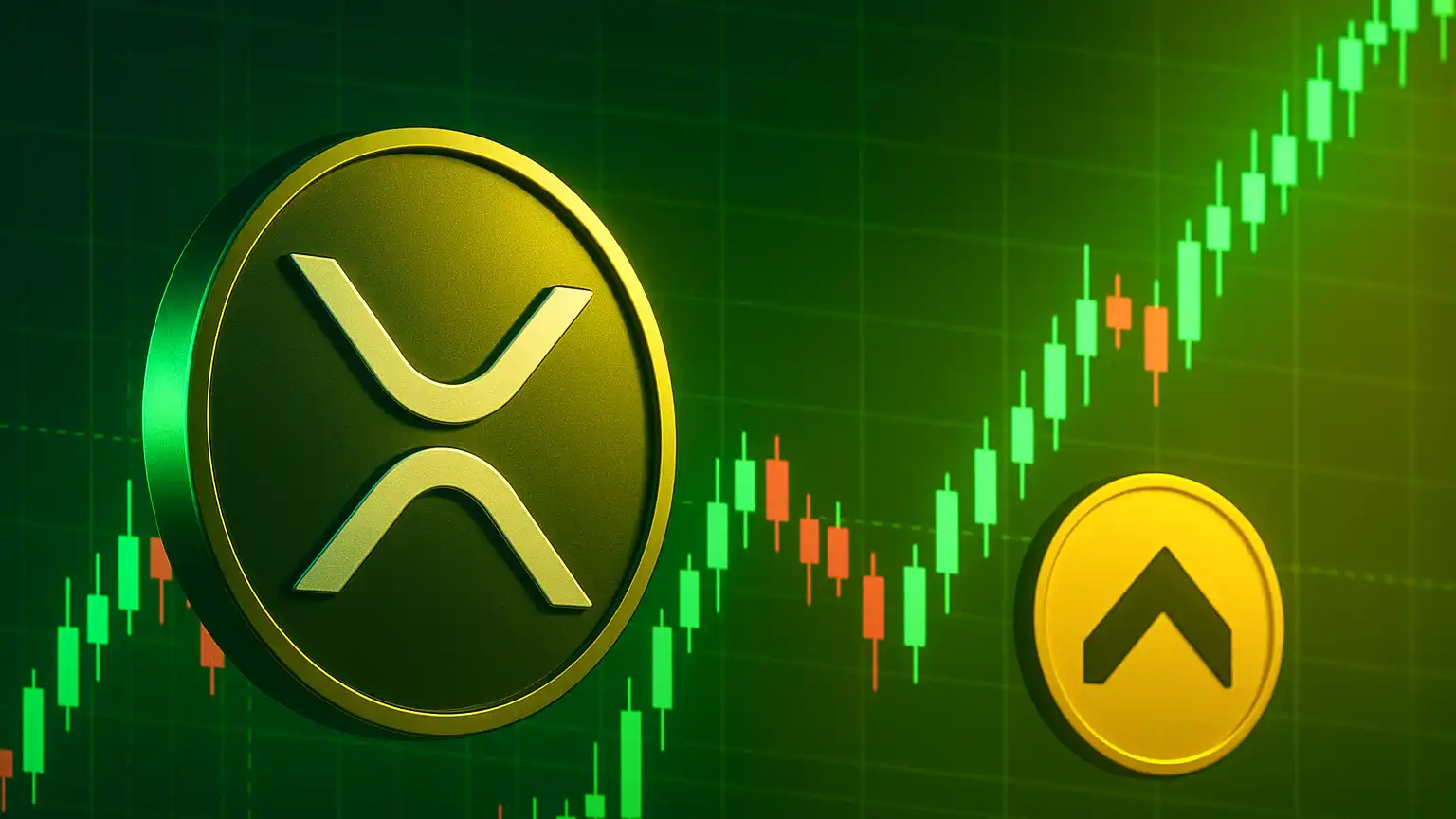XRP Price Action: Volume Grows Inside a Descending Triangle
XRP is trading near $2.55 after a 1.7 % daily advance, pushing 24-hour turnover above $2.16 billion and keeping its
market capitalization close to $153 billion. On the daily chart the token continues to coil inside a well-defined
descending triangle: lower highs cap rallies from the early-October peak at $3.15, while buyers guard horizontal
support at $2.54. The pattern typically resolves with a breakout, and shrinking intraday ranges suggest that a
decisive move is approaching.
Momentum indicators underline the stalemate. Price remains below the 50-day exponential moving average, signaling
that sellers still control short-term trend direction. Meanwhile the relative strength index hovers around 48, a
neutral reading made noteworthy by its failure to produce higher highs even as price has stabilized — a classic
bearish divergence hinting at weakening buying power.
Critical Levels and Trader Playbooks
Market depth shows a tight cluster of limit orders between $2.60 and $2.72. If bulls punch through that band on a
closing basis, technical targets extend first to the psychological $3.00 handle and then to the former swing high at
$3.15. Option-desk chatter already points to fresh call exposure in the $3.00–$3.20 strikes expiring later this
month, underscoring how quickly sentiment could flip should resistance crack.
Strategic Outlook
• Breakout scenario: Daily close above $2.60 opens a path toward $3.00; aggressive longs often trail stops just
below $2.54 to guard against whipsaws.
• Breakdown scenario: Failure to hold $2.54 would confirm the descending-triangle bias, exposing support levels at
$2.26 and $2.02. Short-side traders favor stops in the $2.70–$2.73 region, where a squeeze could accelerate.
Until one of those thresholds yields, XRP is likely to oscillate in ever-narrower ranges, providing fertile ground
for delta-neutral strategies such as straddles and gamma scalping.
Layer-2 Buzz: Bitcoin Hyper Marries BTC Security With Solana Speed
While XRP traders weigh breakout odds, a different narrative is capturing venture capital desks: the emergence of
Bitcoin Hyper, a Bitcoin-native Layer-2 that leverages the Solana Virtual Machine to achieve high-throughput,
low-latency execution. By anchoring state commitments to the Bitcoin blockchain and using Solana-style parallel
processing, the project aspires to unlock smart-contract functionality and even meme-coin issuance without
sacrificing the core robustness that underpins BTC.
A recent audit and an oversubscribed token presale — reportedly above $25.5 million with each token priced at a
fraction of a cent — have thrust the initiative into the limelight. For developers frustrated by Bitcoin’s limited
scripting language, and for users deterred by high fees on competing chains, the prospect of “BTC security with
Solana speed” offers an enticing alternative. If Layer-2 adoption was the defining theme of the past year, the next
wave could revolve around cross-chain symbiosis that blurs the line between ecosystems once seen as rivals.




